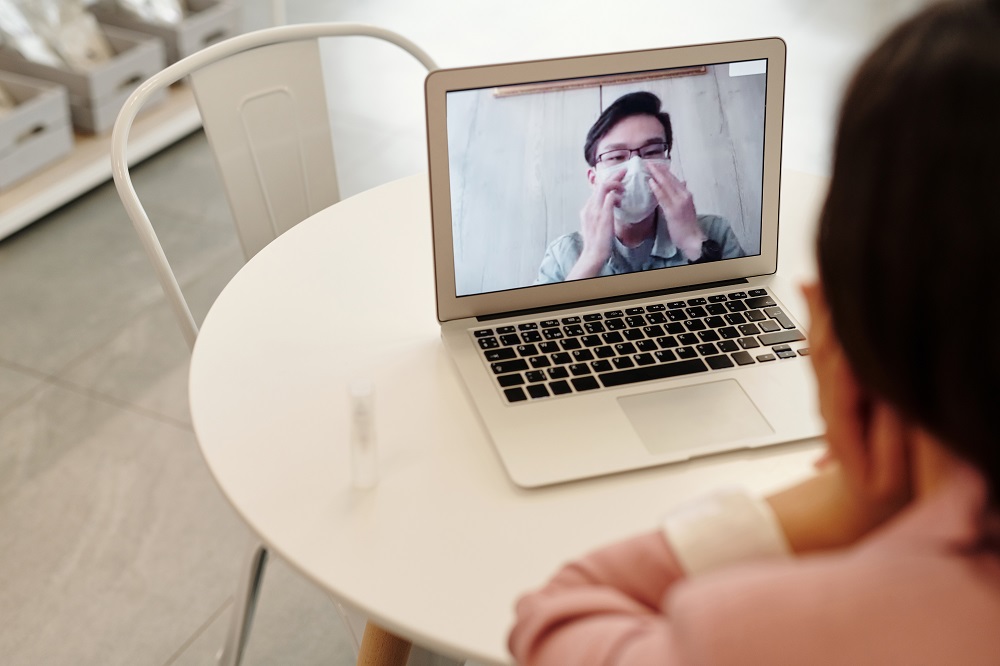
There’s a mounting nursing crisis in the United Kingdom. Recent figures from the NHS say show that there are 39,000 vacancies for registered nurses in England, with one in 10 nursing posts unfilled in critical wards in London. This is quite concerning given that before the pandemic, healthcare industries around the world had already been grappling with a global shortage of 5.8 million nurses.
However, this crisis is one that won’t be solved overnight, as hospitals are losing nurses quicker than they can hire them. While hospitals continue to find and hire talent to fill vacant positions, they can also harness technology to help alleviate the gap.
1. Telemedicine
Before the pandemic, 80% of general practitioner appointments in the UK with done in person, but at the height of COVID-19, this number fell to 7% to 8%. Telemedicine became the NHS recommended short-term measure in April 2020 to lessen the spread of the virus, later formalized and becoming part of the annual operational planning guidance the following year. With the usual mode of communication being Skype, Zoom, Facetime, Messenger, or more advanced video consultation technologies such as AccuRX, medical practitioners are able to see more patients in a day.
2. Mobile staffing and staff augmentation
Technology also makes it easier to manage staffing and quickly find replacements. Staffing tools are essential for managers to ensure they are not overstaffing so that that healthcare facilities are able to spread out their personnel to care for patients. Nurses can also use them to check a hospital’s schedule so they can swap shifts or pick up shifts during the holidays. Meanwhile, staff augmentation enables healthcare managers on a budget to quickly bring in experts to cover specific staffing needs for short-term projects.
3. Blockchain credentialing
The bottleneck during hiring usually happens during credentialing, which usually takes 60 to 90 days. But with the use of blockchain, registered nurses can store all their credentials—licensures, training history, references, and other documents—in a secure platform that can easily be shared with employers. Blockchain credentialing speeds up the review process for recruitment, and if a healthcare worker’s credentials have already been reviewed, other employers can simply use these credentials to save time and the cost of going through another round of credentials.
4. Artificial intelligence
AI has many applications in the healthcare industry. It has been used to make sense of clinical data to identify trends that result in better workflows and patient outcome. AI has also made texting and chatbots useful in screening patients, some of whom are more comfortable seeking healthcare advice via text than in a call.
While technology won’t solve the nursing crisis overnight, it can certainly introduce efficiencies that can speed up the hiring, staffing, and triage processes and will certainly help cover the gaps as healthcare organizations focus on finding, training, and deploying licensed nurses.
To understand how Wingspan can help you find experienced nurses or streamline your telemedicine process, contact us at solution@wingspan-consulting.com.
